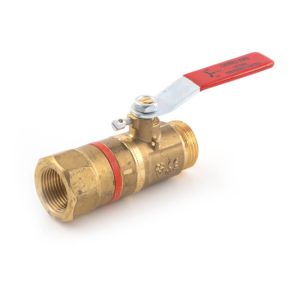Sorry for this but my boiler recently had her annual service all was well except they said I don't have any bonding in place except I think I do the gas main is bonded in the meter cupboard and the radiators and hot and cold water feeds are all bonded in the bathroom upstairs. All pipework is copper throughout the plumbing never been altered in 40 years except for a new boiler oh and removal of the water tanks. So can I be confident the bonding upstairs is good enough?

